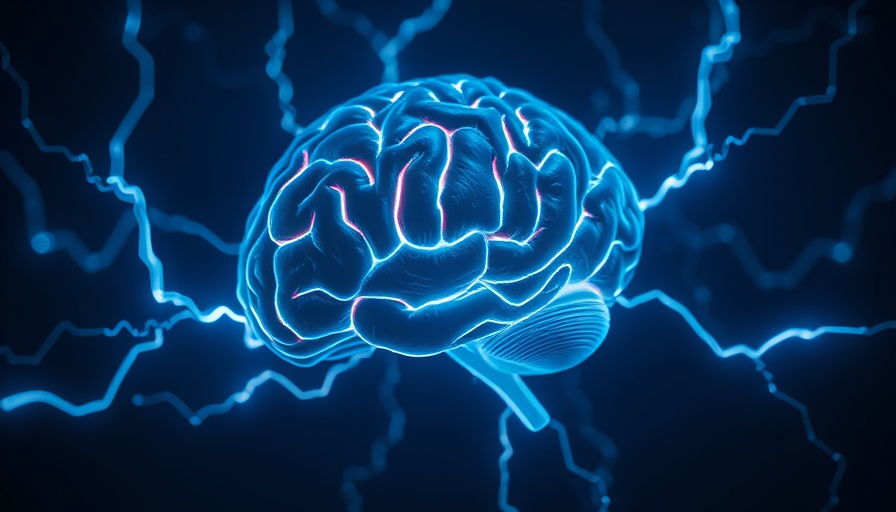
Revolutionizing Language Restoration through Innovative Techniques
Primary progressive aphasia (PPA) represents not just a challenge for individuals, but a formidable frontier in neuroscience and rehabilitative therapy. Characterized by a gradual erosion of one's language capabilities, PPA has garnered increasing attention, notably within the past few decades, as medical science strives to find effective methods to stem its relentless advance.
Promising Breakthrough: Brain Stimulation Merges with Speech Therapy
In a groundbreaking study led by neuroscientists at the University of Arizona, a novel approach combining traditional speech therapy with transcranial direct current stimulation (tDCS) offers a beacon of hope. This non-invasive technique involves applying a low electrical current through electrodes on the scalp, targeted to stimulate brain regions crucial for language processing. Not only is this method innovative, but research indicates it may effectively enhance therapy outcomes compared to singular approaches.
Understanding the Mechanism: How Brain Stimulation Enhances Language Abilities
When an individual grapples with PPA, the loss of language skills is not simply about forgetting words. It intertwines with the brain's capability to retrieve both meaning and phonetic sounds associated with those words. The researchers targeted the areas of the brain that remain responsive and capable of language functions rather than those already atrophied. By stimulating these critical regions during therapy, they observed improvements in the subjects' ability to communicate effectively, significantly enhancing their daily interactions.
The Logopenic Variant: A Closer Examination of PPA Types
Among the spectrum of PPA, the logopenic variant poses distinct challenges as individuals struggle with word retrieval and sentence repetition. By focusing on this specific subtype, the study underscores the necessity for tailored interventions that consider the underlying neural deficits. As the researchers conducted neuroimaging analyses, they identified the most effective areas for stimulation, showcasing a personalized approach to treatment that could lead to improved outcomes.
Future Predictions: The Role of Technology in Language Rehabilitation
The intersection of technology and rehabilitation therapy is poised on the brink of transformative enhancements. The integration of brain stimulation therapies with conventional methods opens avenues for further research and expansion into other forms of aphasia and neurological deficits. As science continues to unravel the complexities of the human brain, we can expect exciting developments that elevate the efficacy of language recovery interventions across various demographics.
Taking Action: Community Support for Health and Wellness Initiatives
For individuals and families grappling with the weight of PPA, community health resources can be invaluable. Local health and wellness centers—which promote various therapies and interventions—are essential. They can offer support groups, educational workshops, and access to alternative therapies that complement traditional treatments, thus enriching the overall landscape of health and wellness.
Wrapping Up: Learning from Innovations in Neuroscience
As therapies continue evolving, it is crucial for individuals seeking knowledge about new advancements in health to stay informed. Our understanding of PPA and relevant treatments can foster meaningful dialogues within families, communities, and healthcare sectors, ensuring that affected individuals receive the best possible support.
Stay engaged and proactive in understanding the landscape of brain health and wellness. Encourage discussions about emerging therapies in your community, and consider participating in local health events. Join the movement towards better living through awareness and education.
 Add Row
Add Row  Add
Add 




 Add Row
Add Row  Add
Add 


Write A Comment